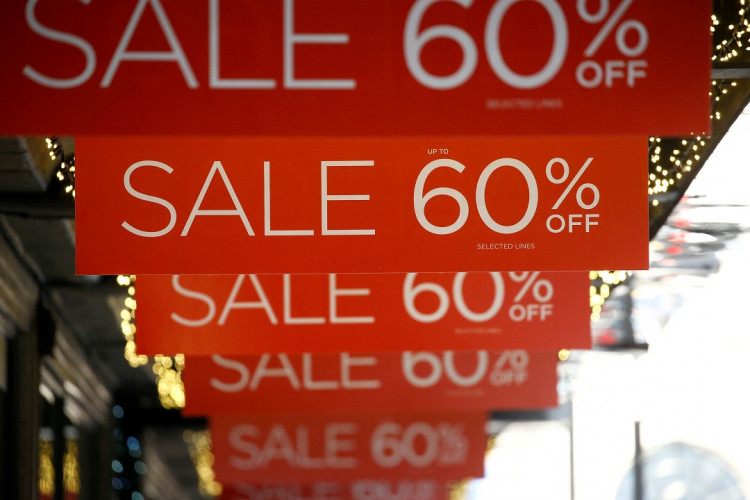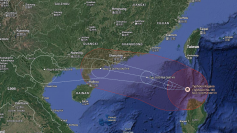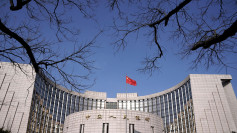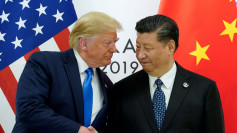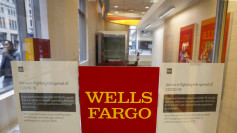China's retail sales rose at their fastest pace since December 2023, jumping 6.4% year-over-year in May as government subsidies and online promotions spurred consumer demand. The unexpected strength in retail spending offered a rare bright spot for the world's second-largest economy, which has been grappling with persistent deflation, a deteriorating property market, and weak external demand.
Data released Monday by the National Bureau of Statistics (NBS) showed May's retail sales beat the median Reuters forecast of 5% growth and outpaced April's 5.1% increase. Linghui Fu, spokesperson for the NBS, credited the improvement to China's consumer goods trade-in program, rising online shopping activity ahead of the annual "618" e-commerce event, and a rebound in inbound tourism after Beijing expanded its visa-free entry list.
Still, Fu warned it has been "particularly challenging" for the economy to sustain stable growth since the second quarter, citing uncertain global trade dynamics and domestic structural pressures.
While retail spending surprised to the upside, other key indicators pointed to broader economic fragility:
- Industrial output slowed to 5.8% in May from 6.1% the previous month, slightly below analysts' expectations.
- Fixed-asset investment grew 3.7% in the first five months of 2024, missing forecasts and decelerating from 4% in the January-April period.
- Property investment fell 10.7% in the first five months, reflecting deepening malaise in the real estate sector.
Zhiwei Zhang, chief economist at Pinpoint Asset Management, said "the rise of retail sales came as a surprise," but cautioned that "falling property prices could dampen consumer sentiment."
Real estate data released Monday showed continued price declines. New home prices in tier-1 cities fell 1.7% year-over-year in May, while tier-2 and tier-3 cities saw drops of 3.5% and 4.9%, respectively.
Despite May's robust consumption figures, several analysts warned that momentum may prove short-lived. The consumer goods subsidy program, which helped drive purchases, has been paused in several regions after initial central government funding was exhausted, according to Goldman Sachs. Additional stimulus is unlikely unless growth shows clearer signs of faltering.
"Absent further demand-side stimulus, we expect that the consumption recovery will be short-lived," said Jianwei Xu, senior economist at Natixis.
The broader trade outlook also remains mixed. While China's exports were less resilient than expected in May, shipments to Southeast Asia, the European Union, and Africa partially offset a sharp 34% plunge in exports to the United States-the steepest drop since February 2020.
A mid-May 90-day truce between Beijing and Washington paused new tariff increases, providing temporary relief. However, U.S. Commerce Secretary Howard Lutnick told CNBC last week that the current 55% tariffs on Chinese imports will remain in place.
On the labor front, China's urban unemployment rate dipped to 5.0% in May, the lowest level since November 2023. Consumer prices, however, continued to slide for the fourth straight month, with CPI down 0.1% year-over-year and producer prices falling 3.3%.
